|
|
| home |
| EVOLVING LANDSCAPES/Underviaducts by Alessandro Bagella |
| [in italiano] |
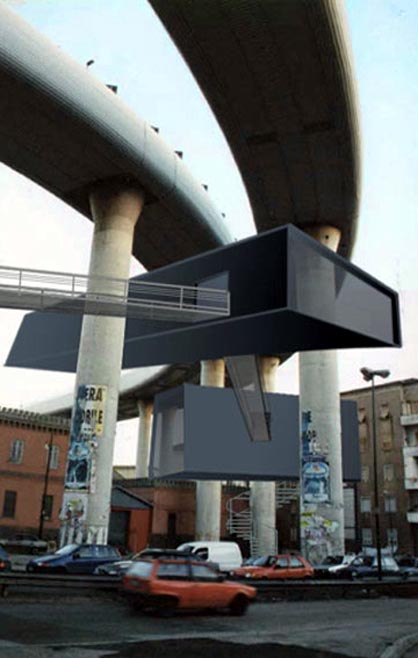 Suburban areas and historical centers are no longer distinct by definite boundaries. What used to have a polar identity has yet been replaced by the "space-way" in between and the time needed to go across it: infrastructures are the brand new pole-to-be, paradoxically a transitory pole, a linear center. The vehicular flow plays a main role in contemporary urban scenes and the modernity of a city is also evaluated upon its capability to absorb traffic. Besides utilities however, lines of communication are first of all physical entities and their scale of appearance often defines monumental spaces. Aesthetics of infrastructures hence become fundamental to effectively improve environmental qualities and particularly, because something fit in the landscape later turns to become landscape itself, panorama to enjoy or rather to suffer. |
[10feb2002] | ||
 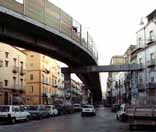
|
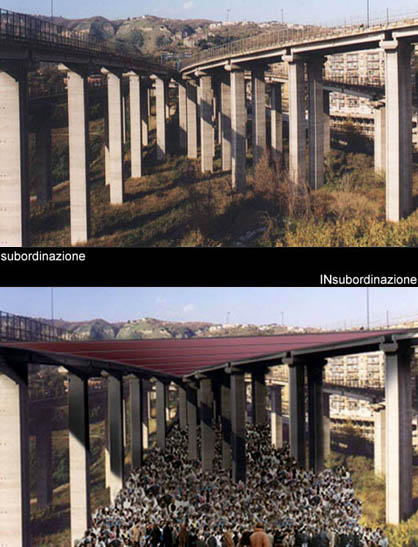 Fly-over roads clearly express the dichotomy between plane of transit and ground level: transportation politics and territorial management seem to rely on different governments and mobility shows off as to the surroundings below. The design of a viaduct generally implies no correspondence between upper mechanical movement and anthropologic potentials of places beneath, although “underviaducts” provide different possibilities according to location and environmental context: proximity to vehicles is strategic for commercial activities while shelters usually encourage rest and social encounters. |
 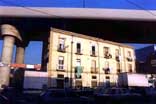 |
||
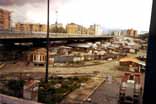
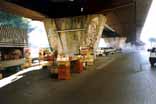
|
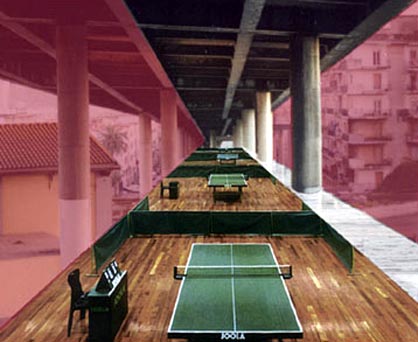 More than fifty years ago, Le Corbusier dealt with similar themes within the projects for Latin America and the development of Algeri, aimed to investigate the field of domestic deterritorialization, or rather infrastructural domestication. The strategy of his proposal synergically synthesized motion and rest, public and private, romanticism and rationality in a total operation, an outstanding example of architectural syncresis. |
|||
 Le Corbusier: "Artificial Landscapes", proposal for Rio de Janeiro (1929). At present time, underviaducts are ruled by uncivil behaviors and illegal phenomena and their potential as social catalysts can only be manifest through episodes based on abusive occupation of public soil. Nevertheless, happenings alike deserve the merit to confer such urban fragments a specific identity, by inserting vitality into otherwise abandoned portions of the territory: individual initiatives often replace the lack of official interventions and sometimes provide useful suggestions to modify existing realities. Alessandro Bagella a.bagella-wolit@tiscalinet.it |
||||
|
Pictures are
by Alessandro Bagella. Thanks to the artists Loris Cecchini e Bernardo Giorgi
and to arch. Paola Giaconia for their collaboration. |
||||
|
>
EVOLVING LANDSCAPES/DEMOLITION... > FILES |
||||